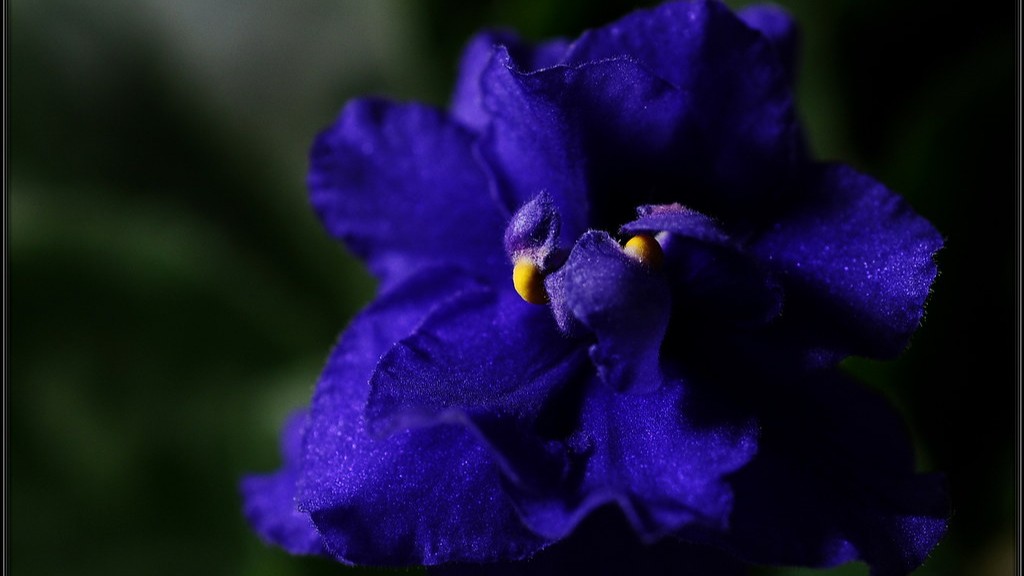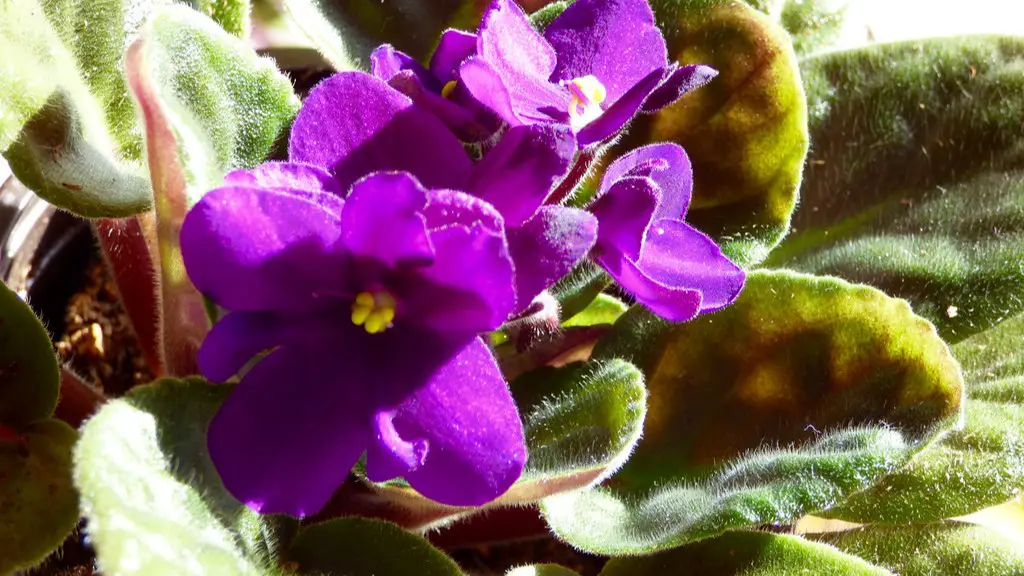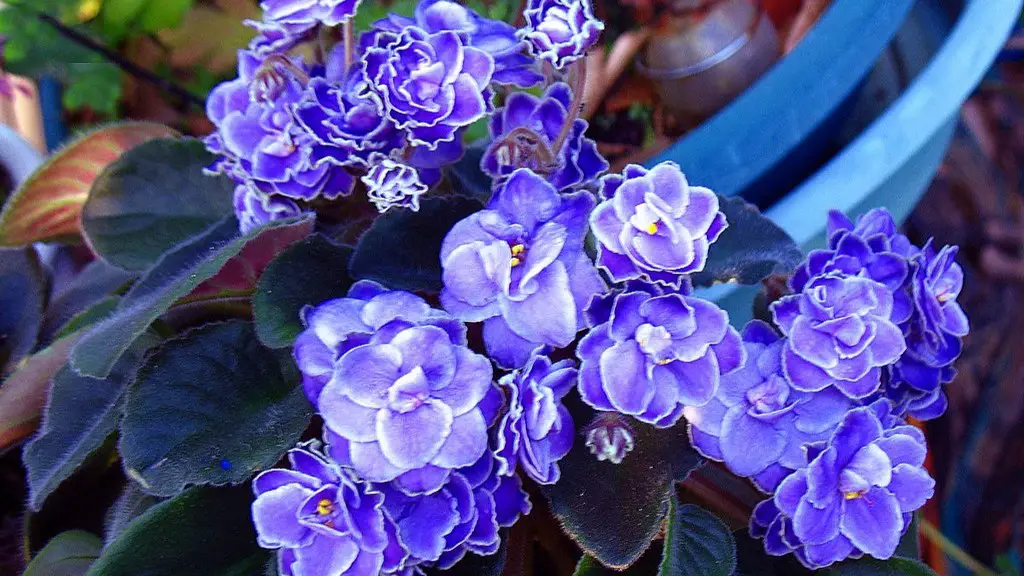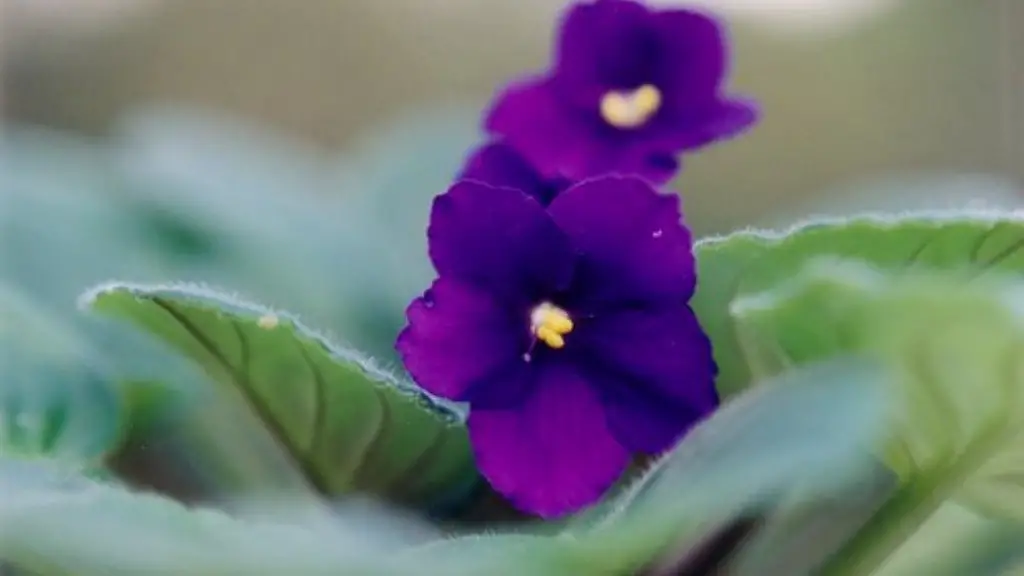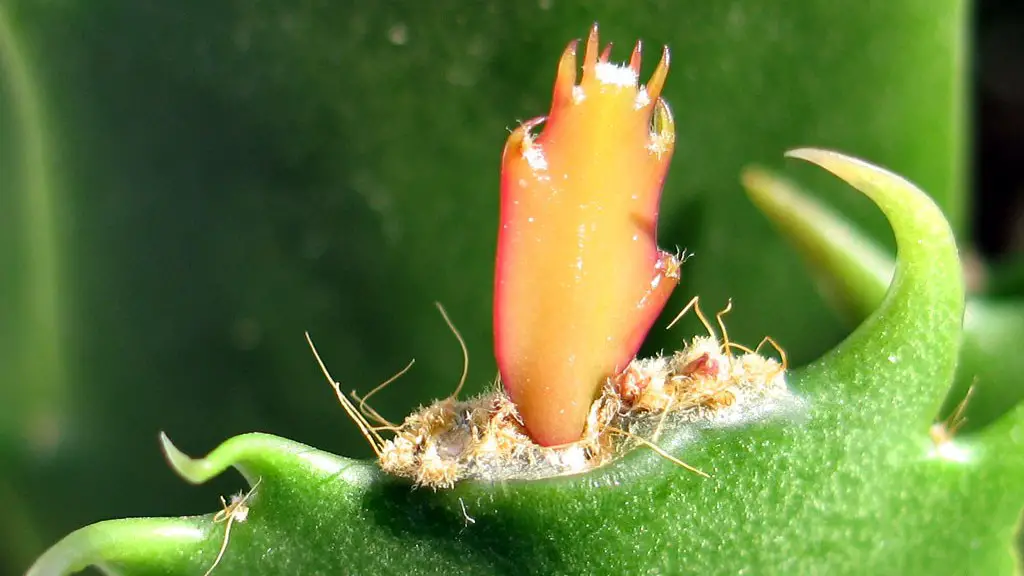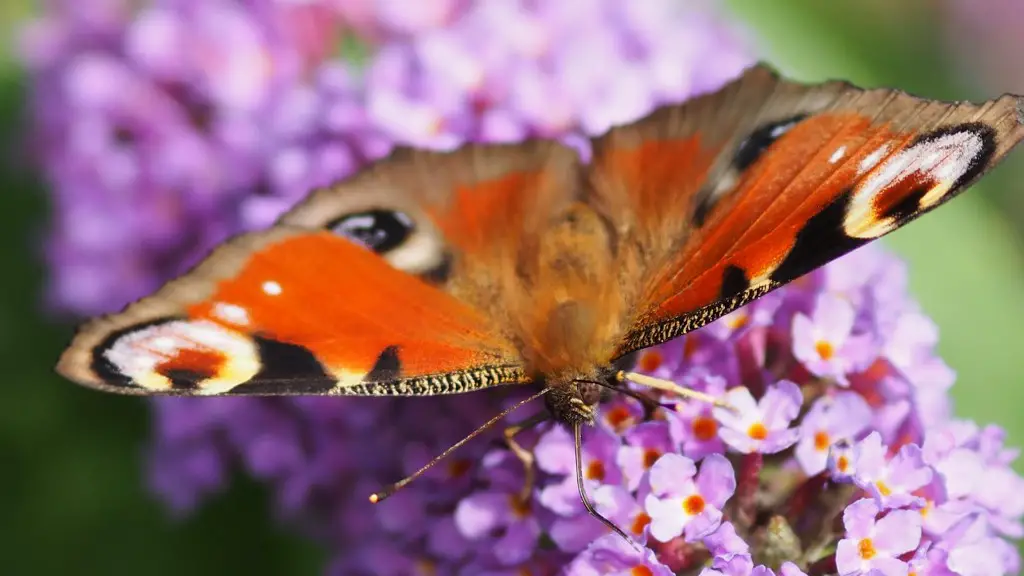One of the most common problems that african violet growers face is yellow leaves. Yellow leaves can have a number of causes, ranging from simple to complex. Some of the most common causes of yellow leaves on african violets are: improper watering, too much or too little light, temperature stress, and nutrient deficiencies.
Lack of nutrients, especially calcium, can cause African violet leaves to turn yellow. Other possible causes include too much sun, too much water, or cold temperatures.
What to do when African violet leaves turn yellow?
If you notice that the leaves of your African violet are turning yellow, it is likely due to a lack of light or nutrients. Move the plant to a brighter location in indirect light and fertilize it regularly to help the leaves recover.
It is important to remove yellow leaves from African Violet plants to maintain a healthy plant. If the yellow leaves are not removed, it can affect the health of the entire plant.
How do I know if my African violet is overwatered
If you see any of the following signs, your African violet is likely overwatered:
1. Droopy, soft, and mushy leaves
2. Excess water on the leaves or in the pot
3. Brown or yellow leaves
4. Stems that are soft or mushy
5. Root rot
If you see any of these signs, it’s important to take action to correct the problem. overwatering can quickly kill your plant, so it’s important to take steps to reduce the amount of water your plant is receiving.
A wicking system is a great way to make sure your African violets are never over watered. The system works by wicking water up from a reservoir below the pot and into the soil, keeping the soil moist but not soggy.
How do you rejuvenate African violets?
If your African violet has burnt or dry leaf tips, it’s likely dehydrated. Try placing your plant on a humidity tray to boost the moisture in the air. If your African violet has drooping leaves, it may be suffering from low temperatures. Keep your indoor environment around 70 degrees Fahrenheit, even at night.
African violets need plenty of sunlight, but only indirect sunlight. If violets get more than this, they will begin to show signs of scorching on the leaves and flowers. In some cases, too much sunlight will turn variegated leaf varieties entirely green.
Should African violets be watered from the top or bottom?
To keep your African Violet healthy, water from the bottom and allow the roots to soak up the water for an hour or so. This will help to keep the crown of the plant dry and prevent rot. African Violets like warmer water, around 70 degrees.
It is important to keep the soil moist to dry and allow the soil around the roots to dry out before watering to encourage blooming. Water from the bottom with room temperature water by placing the plastic grower’s pot in water, and allowing the plant to absorb the water ( not more than 30 minutes ).
Should African violets be misted
***
African violets are susceptible to crown rot, so it is important that the crown (the section of the plant at soil level) is not saturated with water. Water on the foliage may cause permanent leaf spotting. Use water that is room temperature and mist the foliage lightly.
If you are going to be growing African violets, it is important to be aware of the quality of the tap water in your area. Chlorine levels can fluctuate depending on the season, and in some areas the water may have high levels of chlorine, chloramines, or dissolved solids. All of these things can adversely affect your African violets.
Do African violets need sun?
African violets need indirect sunlight in order to thrive. They can be sensitive to direct sunlight and it can scorch their leaves. For best results, place them in a north- or east- facing window. Additionally, it’s important to keep them away from cold glass and to rotate the pot once a week so all leaves receive light. During the winter months when there is less daylight, you can extend the amount of light they receive by placing them under a grow light.
African violets do best when they are slightly pot-bound, so choose a pot that’s on the smaller side. A professional tip is to choose a pot that is 3-4 inches in diameter if you have a standard African violet plant.
Where is the best place to put an African violet
African violets are beautiful indoor plants that thrive in bright, indirect light. They need to stay dry, so a plant stand three feet away from a west- or south-facing window is an ideal location. Enjoy their beautiful color and blooms!
If you can barely see the shade of your hand over the Violet, then it is getting the correct amount of light. Always give your African Violets plenty of indirect sunlight. Be aware that the duration and intensity of light may vary with the seasons.
Do African violets like their leaves wet?
The answer is yes you can get African violet leaves with not a problem at all however You must use a good quality light source such as HPS,MH, or LED grow lights.
Epsom salts are a great way to provide your plants with the essential magnesium and sulfur that they need to produce beautiful blooms and healthy foliage. Simply mix one and a half teaspoons of Epsom salts in a quart of tepid water and swirl to dissolve. Then water your African violets (below the leaves) with this solution once a month.
Warp Up
The most common reason for African violet leaves to turn yellow is a lack of water. African violets need to be kept moist, but not soggy. If the leaves are allowed to dry out, they will turn yellow and eventually drop off. Another reason for yellowing leaves is a lack of light. African violets need bright, indirect light in order to stay healthy. If they are not getting enough light, the leaves will turn yellow.
The most common cause of yellow leaves on African violets is insufficient light. The leaves of the plant will turn yellow if they are not getting enough light. Other causes of yellow leaves can include too much fertilizer, overwatering, or pests.
